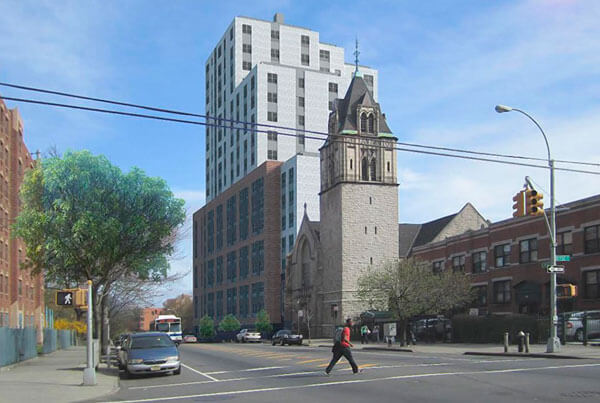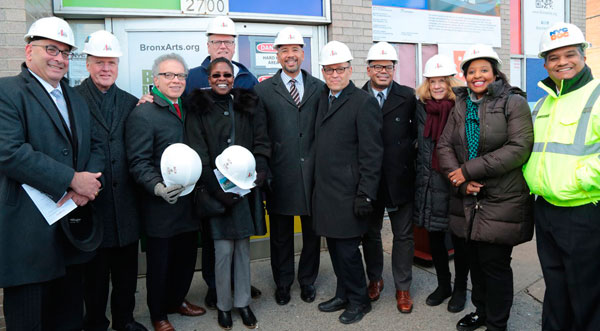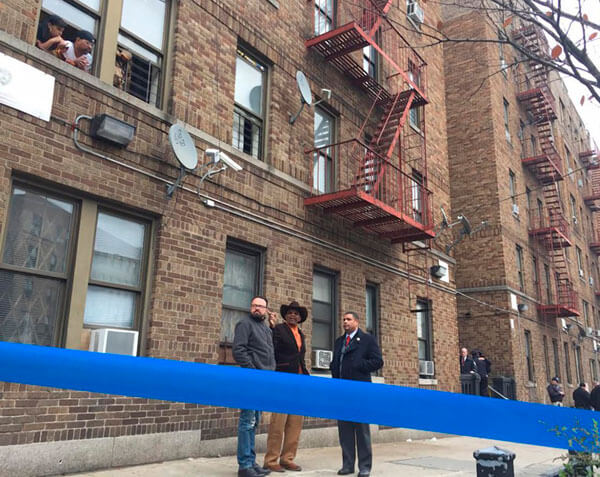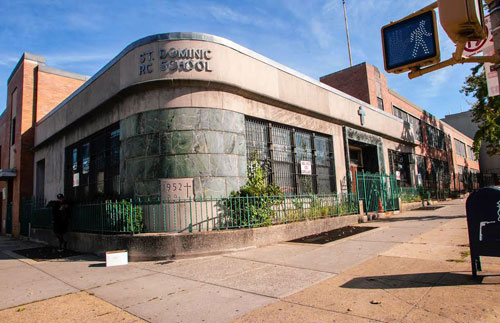The New York City Council approved a plan to provide funding for rebuilding Lambert Houses.
The funding and rezoning, passed the council unanimously on Tuesday, November 29, and will see Lambert Houses in West Farms completely reconstructed in phases from 2017 to 2029.
The replacement of the current buildings will increase the number of affordable apartments from 731 to 1,665, according to people familiar with the plan.
The plan worked out between the de Blasio administration and Councilman Ritchie Torres will also include funding for the construction of two new schools, a $12 million investment in streets for West Farms and a $300,000 investment by Lambert Houses owner Phipps Houses in a pocket park, according to those with knowledge of the plan.
A Uniform Land Use Review Procedure had to be undertaken to allow for greater density zoning that will apply to the rebuilt Lambert Houses.
“We are developing it to be denser…and we are redeveloping it to be safer,” said Torres. “The new design would dispense with ‘superblocks,’ so the new development could enjoy both ground floor retail and an active street life.”
The redevelopment of Lambert Houses has been a goal since the councilman took office, he said, and it represents a more than half-a-billion dollar investment in one of the city’s poorest areas.
“It is not enough to develop new housing; we need to see that the city creates enough new infrastructure to accommodate the new housing,” said the councilman, adding “In an attempt to at alleviating overcrowding in local elementary schools, the administration has agreed to create two new schools, the equivalent of a $100 million investment.”
Torres, the council’s Public Housing Committee chairman, called the plan the most ambitious and innovative attempt at affordable housing in the city.
The new Lambert Houses will include housing for extremely low-income people and a mixture of low- and moderate-income households, said the councilman.
The community where Lambert Houses is located was significantly downzoned in 1961 and again as part of the city’s urban renewal efforts in the 1970s, said Adam Weinstein, Phipps Houses CEO and president.
The up-zoning allowed in this new redevelopment is something that Phipps has been advocating in favor of for the past three years, he said.
The current Lambert Houses, with its 42 separate means of access, was a logistical challenge for first responders, said Torres, adding that the design of the buildings created safety issues.
The new buildings will have separate entrances with a package room, and concierges that will take residents’ work orders and monitor building access, said Weinstein.
There will also be space for possible community use, he said.
The demolition of the buildings will not severely displace anyone.
Currently housed residents will receive housing in a vacant apartment elsewhere in the complex, or if they choose, a voucher to move elsewhere, said Weinstein.
A Department of Housing Preservation and Development spokeswoman confirmed that no displacement would take place.
“[Tenants] will be relocated within the existing complex as construction progresses and relocated into the first phases of the new development once they are completed,” she said.
























